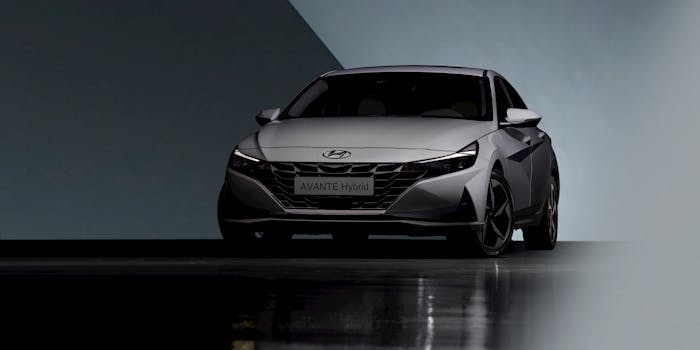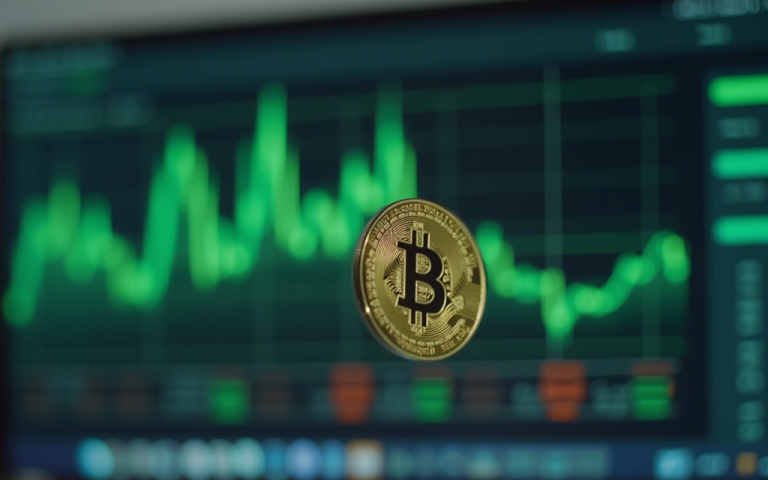
Smart Cities: Urban Trends for 2025
Smart Cities are revolutionizing the way we live, work, and interact with our surroundings. As we approach 2025, it’s essential to understand the latest urban trends and technologies that are shaping the future of our cities. In this article, we’ll delve into the world of smart cities and explore the innovative solutions that are making our cities more sustainable, efficient, and livable.
Introduction to Smart Cities
A smart city is an urban area that uses information and communication technologies (ICT) to enhance the quality of life for its citizens, improve the efficiency of services, and reduce costs. The concept of smart cities has been around for decades, but it has gained significant momentum in recent years due to advancements in technology and the increasing need for sustainable living. Smart cities are designed to be more livable, sustainable, and resilient, with a focus on creating a better future for their citizens.
Urban Trends for 2025
As we look ahead to 2025, there are several urban trends that are expected to shape the future of smart cities. Some of the key trends include:
- Increased use of IoT devices: The Internet of Things (IoT) is playing a vital role in the development of smart cities. IoT devices are being used to collect data on various aspects of city life, such as traffic, energy usage, and waste management.
- Artificial intelligence and machine learning: AI and ML are being used to analyze the data collected by IoT devices and make informed decisions about city operations. This includes predicting traffic patterns, optimizing energy usage, and improving public safety.
- Electric and self-driving vehicles: Electric and self-driving vehicles are expected to revolutionize the way we travel. They will reduce greenhouse gas emissions, improve air quality, and enhance public safety.
- Smart energy management: Smart cities are adopting smart energy management systems that use renewable energy sources, such as solar and wind power, to reduce their reliance on fossil fuels.
- Green infrastructure: Green infrastructure, such as parks, green roofs, and green walls, is being used to mitigate the urban heat island effect, improve air quality, and enhance biodiversity.
Technologies Shaping Smart Cities
Several technologies are shaping the future of smart cities. Some of the key technologies include:
- 5G networks: 5G networks are providing the high-speed, low-latency connectivity needed to support the vast amount of data being generated by IoT devices.
- Cloud computing: Cloud computing is being used to store and analyze the vast amounts of data being generated by smart cities.
- Blockchain: Blockchain is being used to secure data and ensure that transactions are transparent and trustworthy.
- Augmented reality: Augmented reality is being used to enhance the citizen experience, provide real-time information, and improve public safety.
Conclusion
In conclusion, smart cities are the future of urban living. As we approach 2025, it’s essential to understand the latest urban trends and technologies that are shaping the future of our cities. By embracing these trends and technologies, we can create more sustainable, efficient, and livable cities that enhance the quality of life for their citizens.






